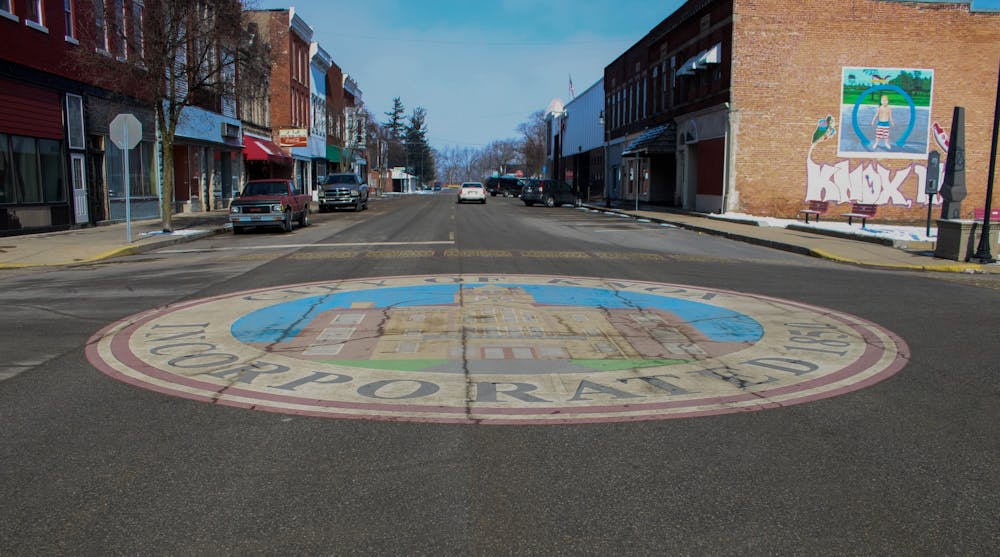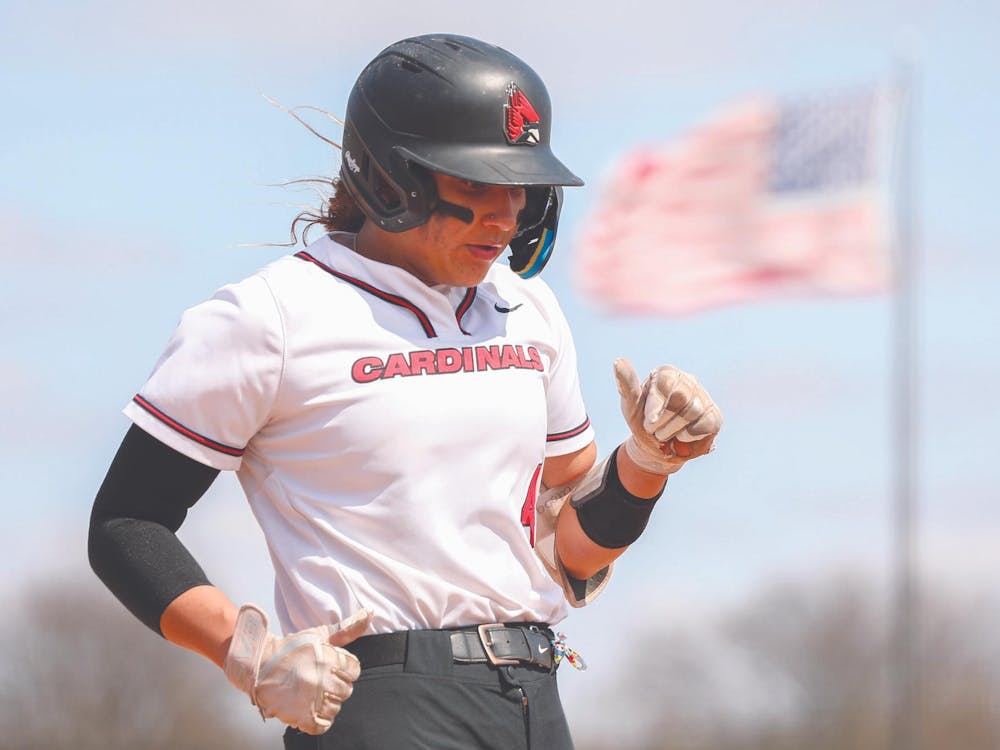Ball State College of Architecture and Planning (CAP) students are working with the City of Knox on a plan to revitalize the city’s downtown area.
In January, students ventured to Knox, Indiana, a town of about 3,700 people, on a field assessment.
During their visit, they collected information about Knox’s downtown area to design a facade program for that part of the town.
Facade programs encourage business owners to improve the outer appearance of their buildings.
Knox Mayor Dennis Estok said the facade project will affect eight to 10 buildings located on Main Street. He said improving the outer appearance of the buildings will encourage new businesses to relocate to Knox.
“We want a more thriving downtown,” he said. “Not only will people not come if the buildings are run down, but you also won’t encourage any new businesses to try their business downtown.”
Because the buildings on Main Street were built in the late 1800s or early 1900s, they need to be refurbished, Estok said.
The project is estimated to cost Knox $60-70,000 when completed, Estok said, with business owners expected to put some money into the program.
“The majority of the downtown area is excited for it,” he said. “We’ll get it done.”

O's Tap is located on 9 North Main Street Feb. 16, 2020, in Knox, Indiana. Jaden Whiteman, DN
Estok reached out to Ball State after attending an Association of Indiana Municipalities (AIM) meeting, where another member recommended him to the university’s CAP program.
Michael Burayidi, director of the project, and 10 students stepped up to the task. Burayidi teaches a class every semester that pertains to comprehensive planning, and he said this project fits that description.
The goals of the comprehensive class are to identify the issues Knox faces, appropriately design ways to improve downtown conditions and present the data in a way that is easily understandable to the city’s residents, Burayidi said.
Jacob Ihrie, a graduate student in urban and regional planning, said class members held a public forum in Knox during their visit to get input from the community.
“We are analyzing the strengths and challenges that the community is facing and using the input we got at the public forum and integrating that into where we are going to go with the plan in the future,” Ihrie said.
He said they just started coming up with a plan for the town.
“In the case of Knox, for the Main Street strip and downtown, it just involves the basic renovations of the facelift and the beautification of the facade, but sometimes it can go into making the design cohesive so all of the buildings have a natural flow to them,” Ihrie said.
In addition to the facade project, the students used the residents’ input to draft a revitalization action plan that will help make the downtown area “more economically viable” for the future, he said.

The street signs at the corner of Main and Lake Street Feb. 16, 2020, in Knox, Indiana. Jaden Whiteman, DN
Burayidi said despite the plan’s goals of bringing more people to live in Knox, increasing business for retail stores, improving parking and better publicizing downtown events on social media, there is no guarantee of success.
“If we simply improve the facades, that might not be enough to bring the downtown back to life,” he said.
The students will return to Knox to present the plan and obtain feedback from the city March 24.
Estok said his community welcomed the students’ help, and support has been strong for the program.
The design portion of the project should be completed by the end of the spring semester, after which the City of Knox will contract a construction company to carry out the designs, Burayidi said. The project is expected to be complete by April 2021.
“[The plan] is important for the city of Knox because the downtown is the heart of the city, so if the downtown is not doing well, then the city is not going to do well,” he said. “So, the goal is to help the city to redevelop the historic part of the settlement so that it will have a ripple effect on the rest of the neighborhoods and the city.”
Contact Hannah Gunnell with comments at hrgunnell@bsu.edu or on Twitter @hagunnellNEWS.





